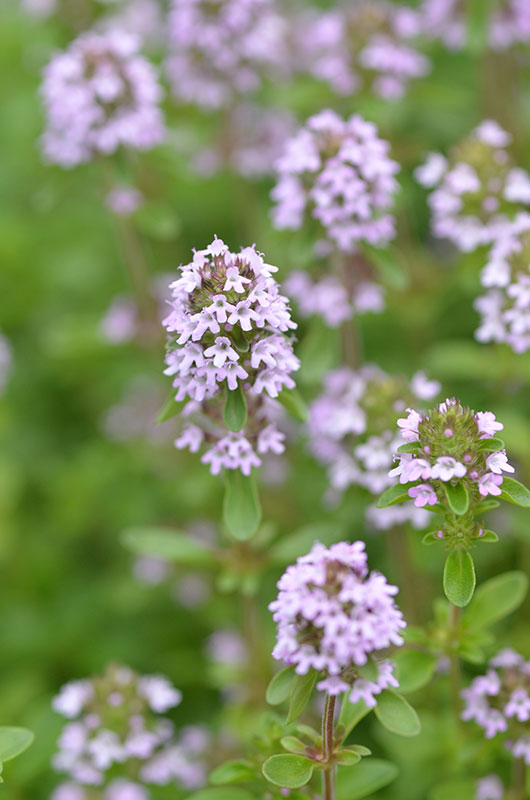| General Description | The plant is a low growing, prostrate perennial to subshrub with a fine taproot. |
| Notable Specimens | Royal Botanical Gardens, Burlington, Ontario, Canada. |
| Habitat | T. serphyllum is found growing on lean, thin soils that are fast draining such as sandy heaths, rocky outcrops, hills, banks, roadsides and riverside sand banks. |
| Leaf Description | Leaves are evergreen to semi-evergreen, however many leaves in the center of the plant may be retained in the colder regions. Leaves are nearly stalkless, opposite, linear-elliptic, 3–8 mm long, with an obtuse apex and entire margins. They are deeply aromatic, especially when crushed. |
| Flower Description | The strongly scented flowers range in colour from lilac, pink-purple, magenta, or even in rare exceptions, white. Blooms are all 4–6 mm long, with a tube-like calyx with an irregular corolla that is slightly tomentose. The upper petal is notched, while the lower petal is larger in size than the two corresponding lateral ones and have three flattened lobes that form the lip. Each flower has four projecting stamens and two fused carpels, blooms are arranged in showy 2-3 cm upright panicles. |
| Fruit Description | The schizocarp is dry and four chambered. |
.jpg)

